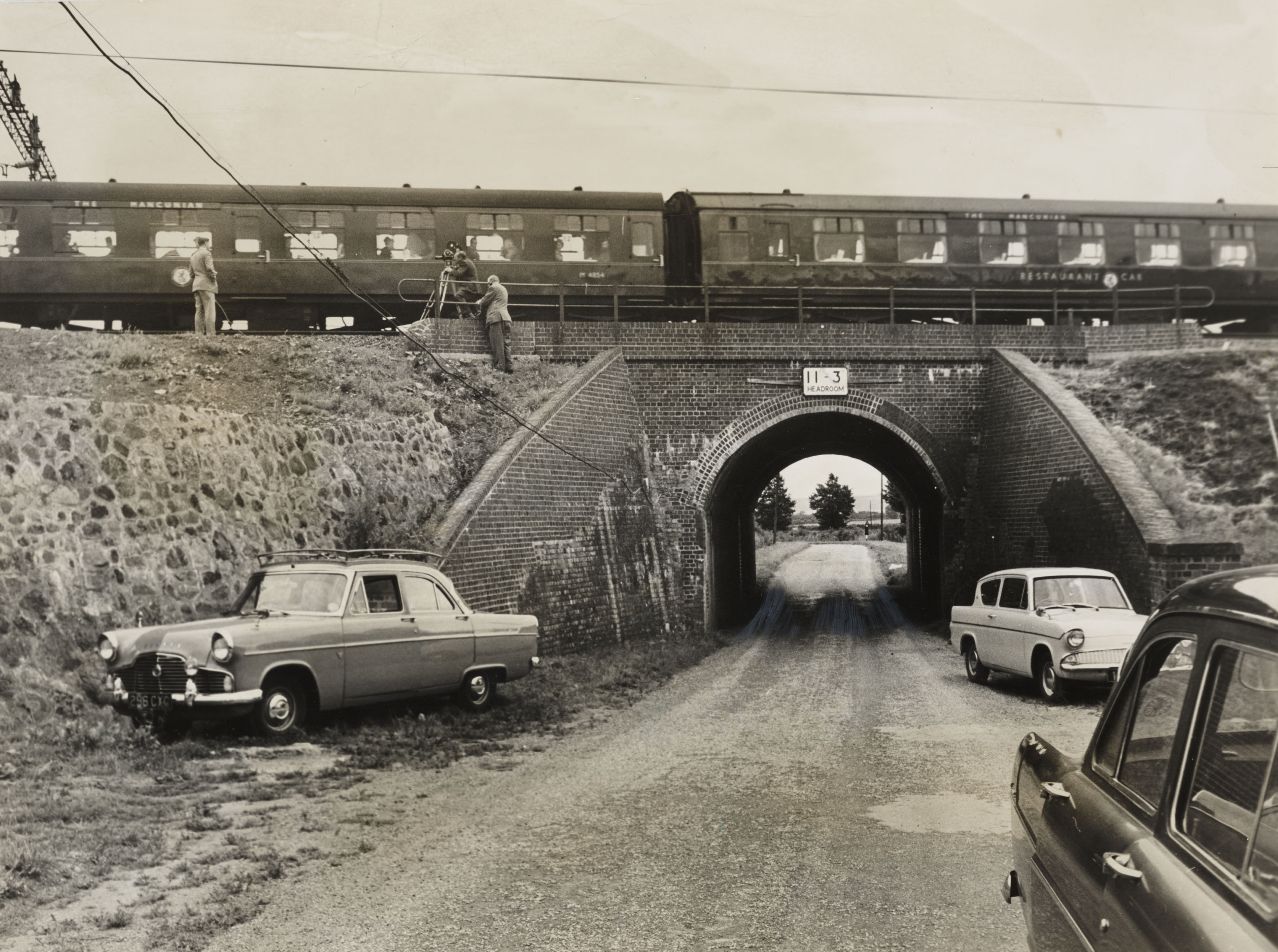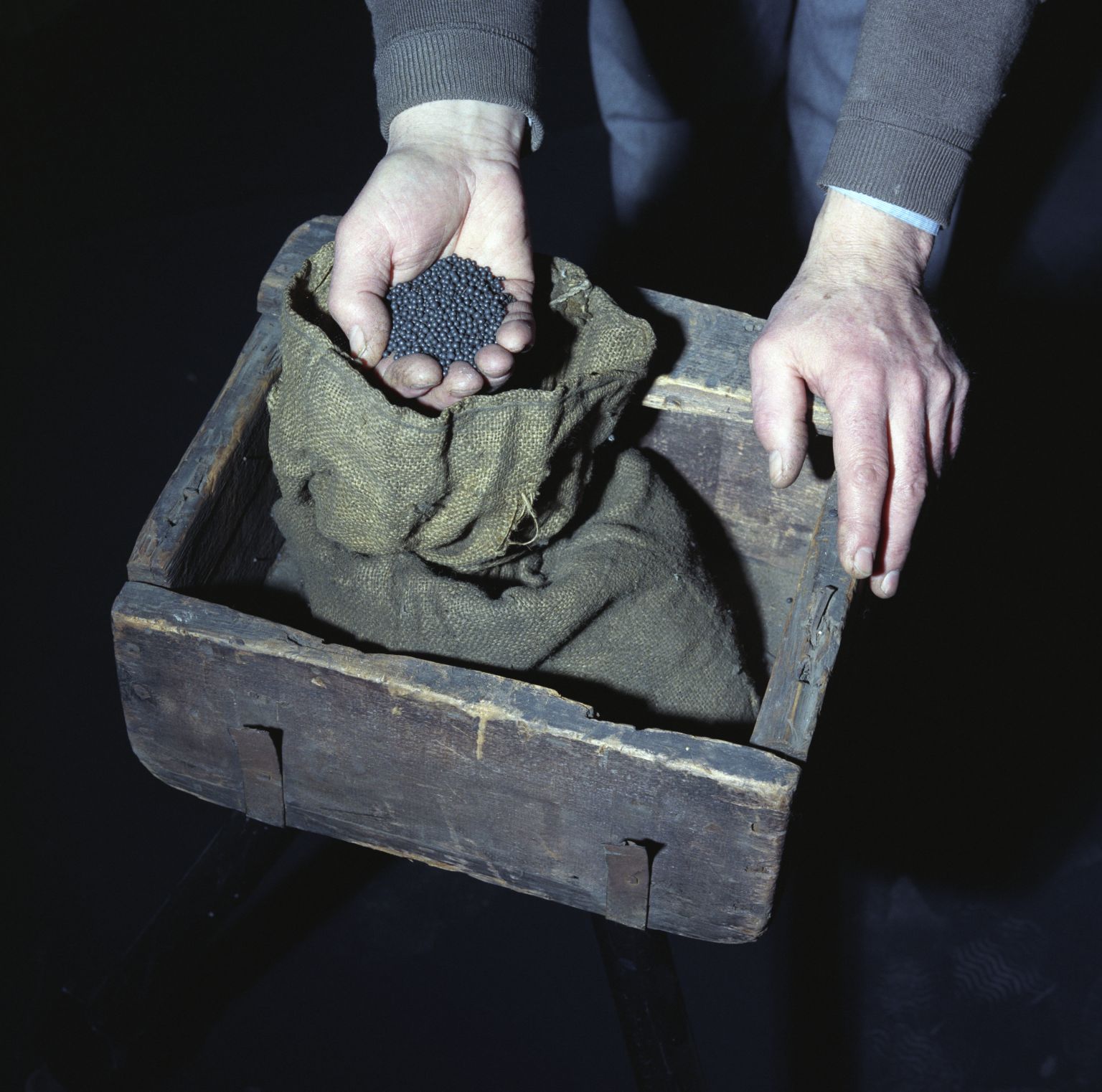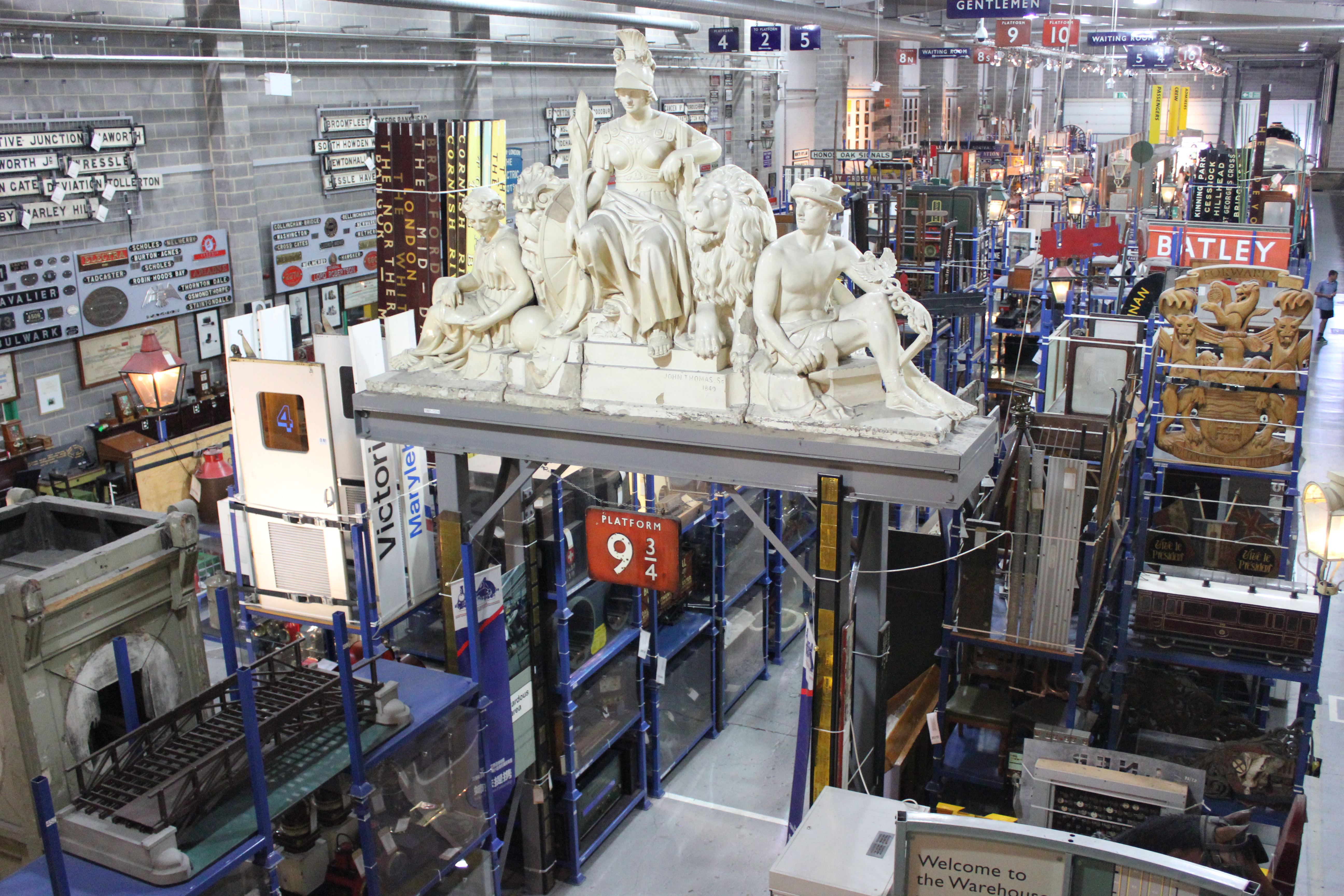Today the words ‘Great Train Robbery’ mean the events of 8th August 1963, when a night mail train was robbed of its cargo of cash. But sitting on display at the National Railway Museum is a small wooden box and a small sack of lead shot. Not much to look at, until you discover that these two objects were once part of the first Great Train Robbery.

The robbery took place on the night of the 15th< of May 1855, when the South Eastern Railways London – Dover night mail was robbed of £12,000 of gold bullion (2.5 million today). Amazingly, the loss was not discovered until the boxes were opened in Paris, and the gold had turned to lead shot!

At first it was assumed the robbery must have taken place in France, but once this was disproved; Britain’s law authorities made desperate attempts to catch the thieves. The railway police interrogated the train guard; James Burges, but he remained tight-lipped, claiming to be mystified by it. As the weeks went by, it looked like the thieves were going to get away with ‘the great bullion robbery’ as the press were referring to it.
A woman called Fanny Kay finally broke the case wide open. Fanny was the lover of one Edward Agar. Agar was a professional Criminal; who had been framed on a charge of passing false cheques. As he waited to be transported to Australia, Agar wrote to Fanny, saying that his criminal associate William Peirce would give her money to keep her and their child safe.
However, Peirce ignored the pleas of Fanny, and as she became more desperate she decided her only option was to tell the story to the police. Naturally, the authorities were sceptical of this desperate young woman, but decided to take her down to see Agar. Agar was so infuriated by Pierces treatment of his girl that he also decided to tell the whole story.
The gang consisted of Edward Peirce, a petty criminal and fraudster with expensive tastes. Edward Agar, a more successful criminal and safe cracker. William Tester, a railway Clerk and noted dandy. James Burges a railway guard, who just wanted to taste some of life’s luxuries.
The plan was simple, steel abroad the mail train and as it speeds to Dover, replace the gold with lead shot. Then, re-seal the boxes and replace them in the safe. Once at Dover, our robbers walk off with the gold packed in carpetbags, amongst the other passengers.
They had the train guard in their pocket and William Tester, a man who worked in the Railway Companies shipping office. Tester gave Agar access to one of the safe keys and ensured Burgess was always the mail train guard.
Peirce and Agar spent weeks watching the channel steamers; before being able to gain access to the vital second safe key. Specially strengthened carpet bags were procured and leather pouches to conceal the lead shot about Pierces person.
On the night of the robbery, Peirce travelled as a 1st class passenger, laden with shot and carpet bags. Agar stole into Burges’ van just as the train left, and set to work. At Redhill, Tester relieved Agar of some of the gold and Peirce joined Agar to complete the job. Gold was replaced with lead shot and the boxes re-sealed.
The robbery netted Peirce £700 (£51.000 today) and each of the others £600 and they lost it all for the sake of paying Fanny Kay a few shillings a week.

Not really connected at all (!) is the film “The First Great Train Robbery” (http://en.wikipedia.org/wiki/The_First_Great_Train_Robbery). I mention it only because it starred (as well as famous film stars) locomotives and carriages owned by the Railway Preservation Society of Ireland. One of these, 0-6-0 J15 No.186, is in action on Saturday 17th and 24 August hauling passengers from Belfast to Bangor in Northern Ireland. This is probably as close as you can get on a mainline in the UK to a locomotive involved in the robbery you describe in 1855 (No.186 was built in 1879, so as old a mainline locomotive as you are likely to be able to see in action).